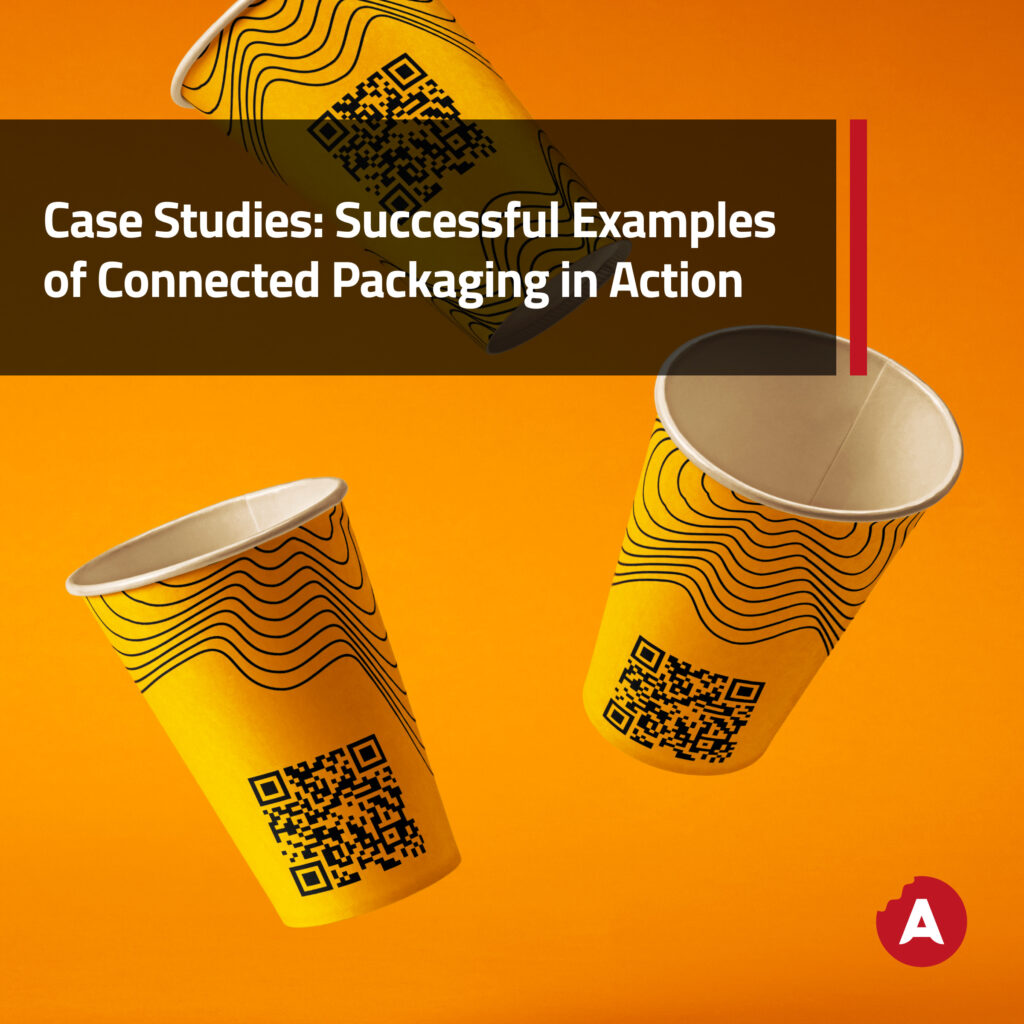
Brands are now living in a rapidly evolving marketplace, constantly seeking innovative ways to engage consumers and enhance their brand experiences. One such innovation that has been gaining momentum is connected packaging. By integrating digital technologies like QR codes, NFC tags, and augmented reality into packaging design, brands can create interactive and personalized experiences that resonate with consumers on a deeper level. Let’s explore some real-life examples of successful connected packaging campaigns that have made waves in the industry.
Coca-Cola’s Share a Coke Campaign
Coca-Cola’s “Share a Coke” campaign is a prime example of how connected packaging can drive consumer engagement and brand awareness. The campaign, launched in multiple countries worldwide, involved printing personalized names on their bottles and cans, replacing the iconic Coca-Cola logo. This simple yet ingenious idea transformed ordinary packaging into personalized gifts, encouraging consumers to share a Coke with friends and family members whose names they found on the bottles. What made this campaign truly innovative was the integration of QR codes on the packaging. These QR codes allowed consumers to create virtual “Share a Coke” messages and share them on social media platforms like Facebook and Instagram. This interactive element not only encouraged participation but also generated buzz around the brand, resulting in increased sales and brand loyalty.
Nestlé’s Smart Packaging for Baby Formula
Nestlé’s smart packaging solution for baby formula demonstrates how connected packaging can enhance convenience for consumers while promoting brand loyalty. The brand introduced NFC (Near Field Communication) tags into their packaging, enabling parents to access product information and feeding reminders with a simple tap of their smartphone. By scanning the NFC tag, parents could quickly and easily access information about the product’s ingredients, nutritional value, and expiration date. Additionally, they could set feeding reminders and receive notifications when it was time to purchase more formula. This not only simplified the shopping experience for parents but also helped build trust and confidence in the brand, leading to increased customer satisfaction and loyalty.
Adidas’ NFC-Enabled Sneaker Packaging
Adidas’ use of NFC-enabled packaging for its limited edition sneakers showcases how connected packaging can create a sense of exclusivity and excitement for consumers. The brand embedded NFC tags into the packaging of its limited edition sneaker releases, allowing customers to authenticate their purchase and access exclusive digital content. By tapping their smartphone to the NFC tag, customers could unlock behind-the-scenes footage, product details, and even special offers. This immersive experience not only added value to the product but also fostered a deeper connection between the brand and its customers. As a result, Adidas was able to drive sales and brand loyalty among sneaker enthusiasts, solidifying its position as a leader in the athletic footwear industry.
In conclusion, these case studies serve as powerful examples of the effectiveness of connected packaging in driving consumer engagement, enhancing brand experiences, and ultimately driving business results. By leveraging digital technologies in packaging design, brands can create memorable and personalized experiences that resonate with consumers long after the initial purchase. As technology continues to evolve, we can expect to see even more innovative and impactful connected packaging campaigns in the future, shaping the way brands interact with their customers in the digital age.
